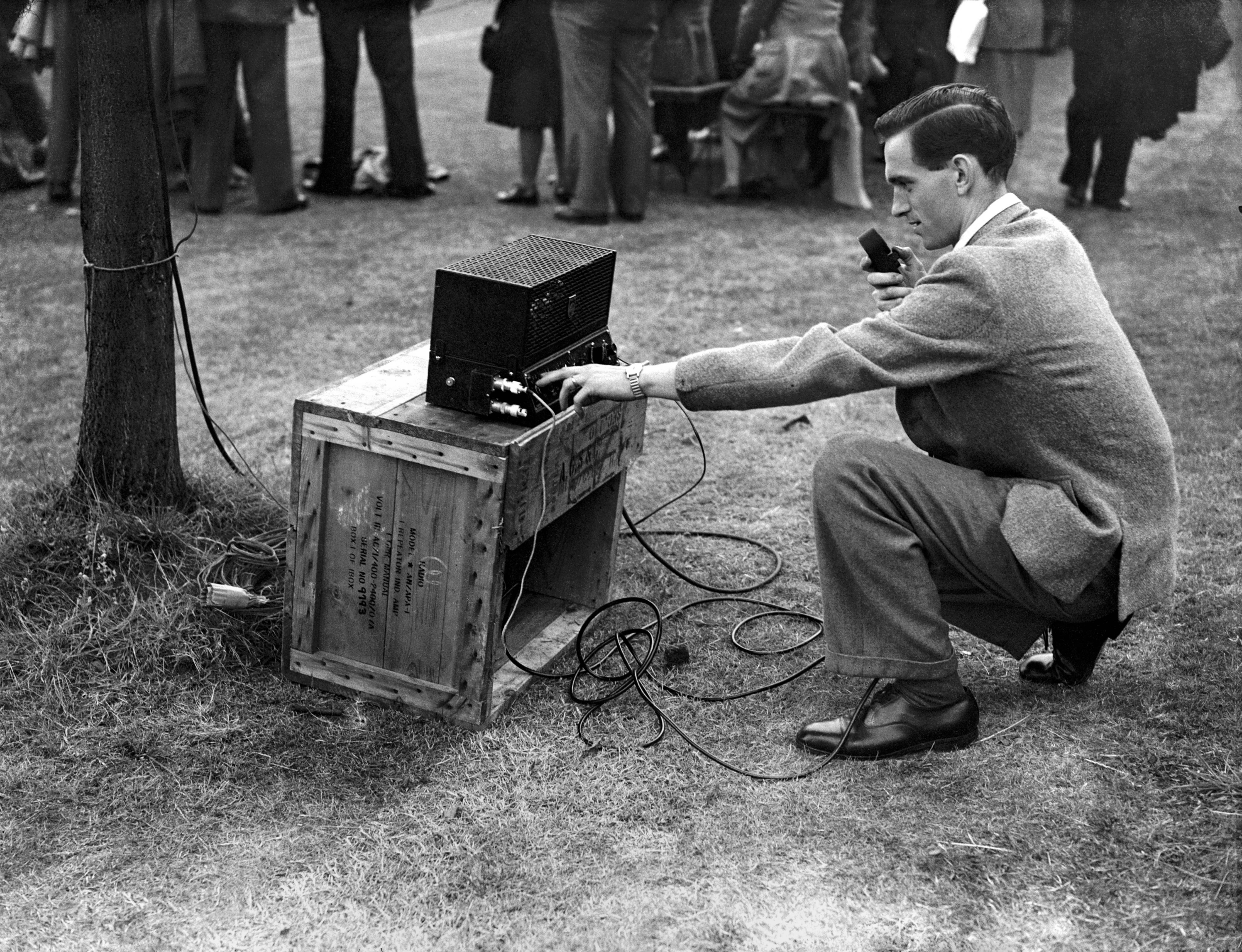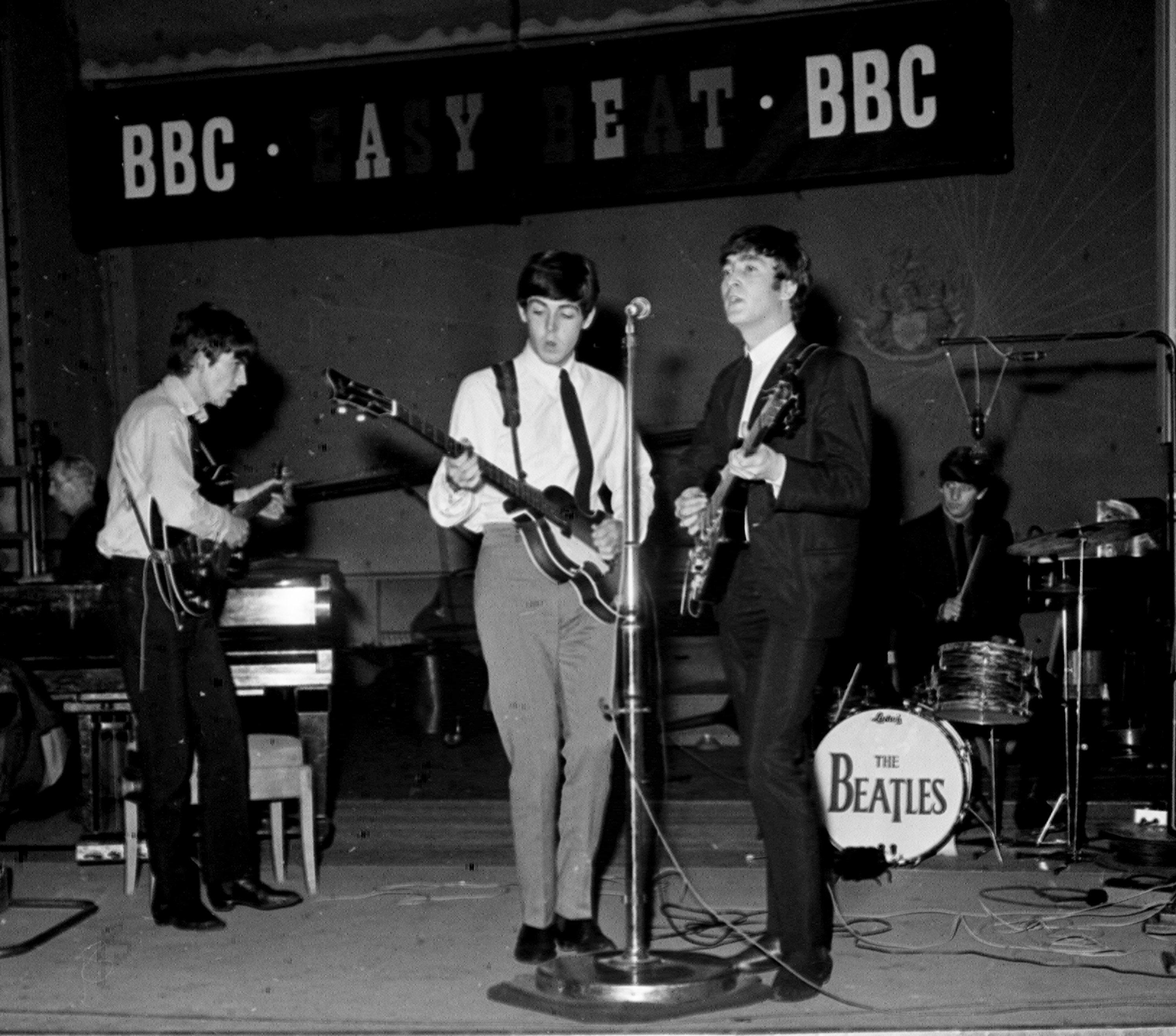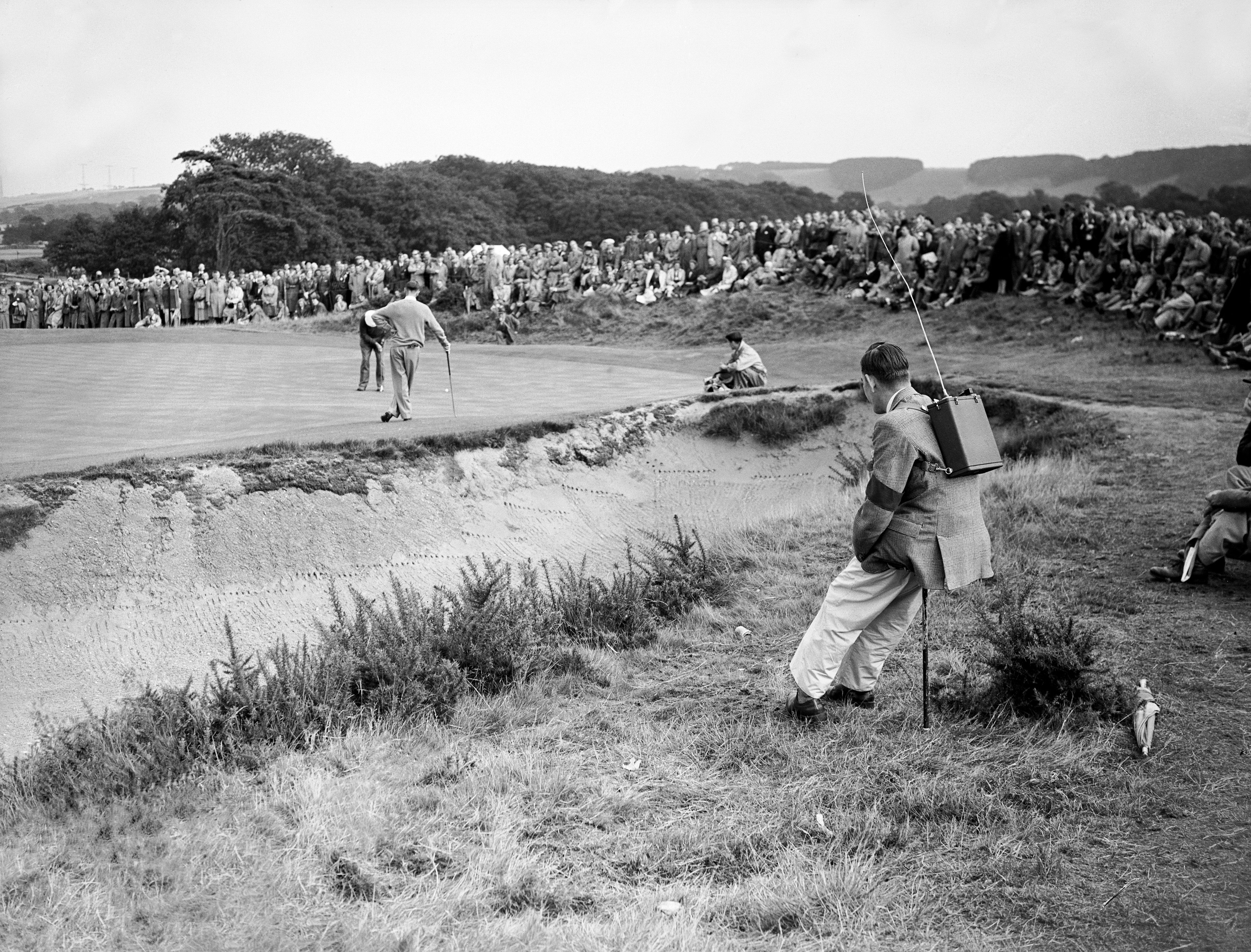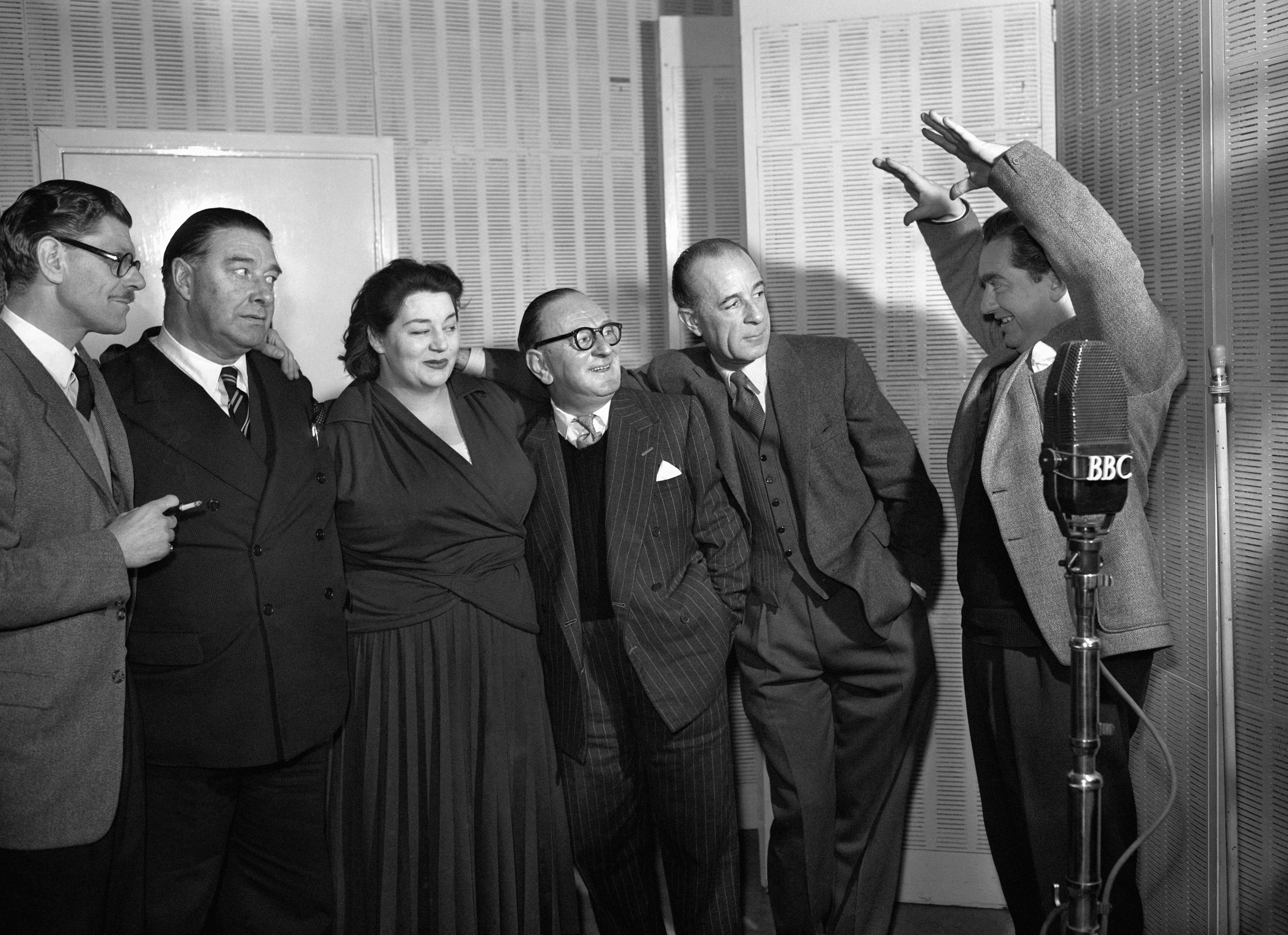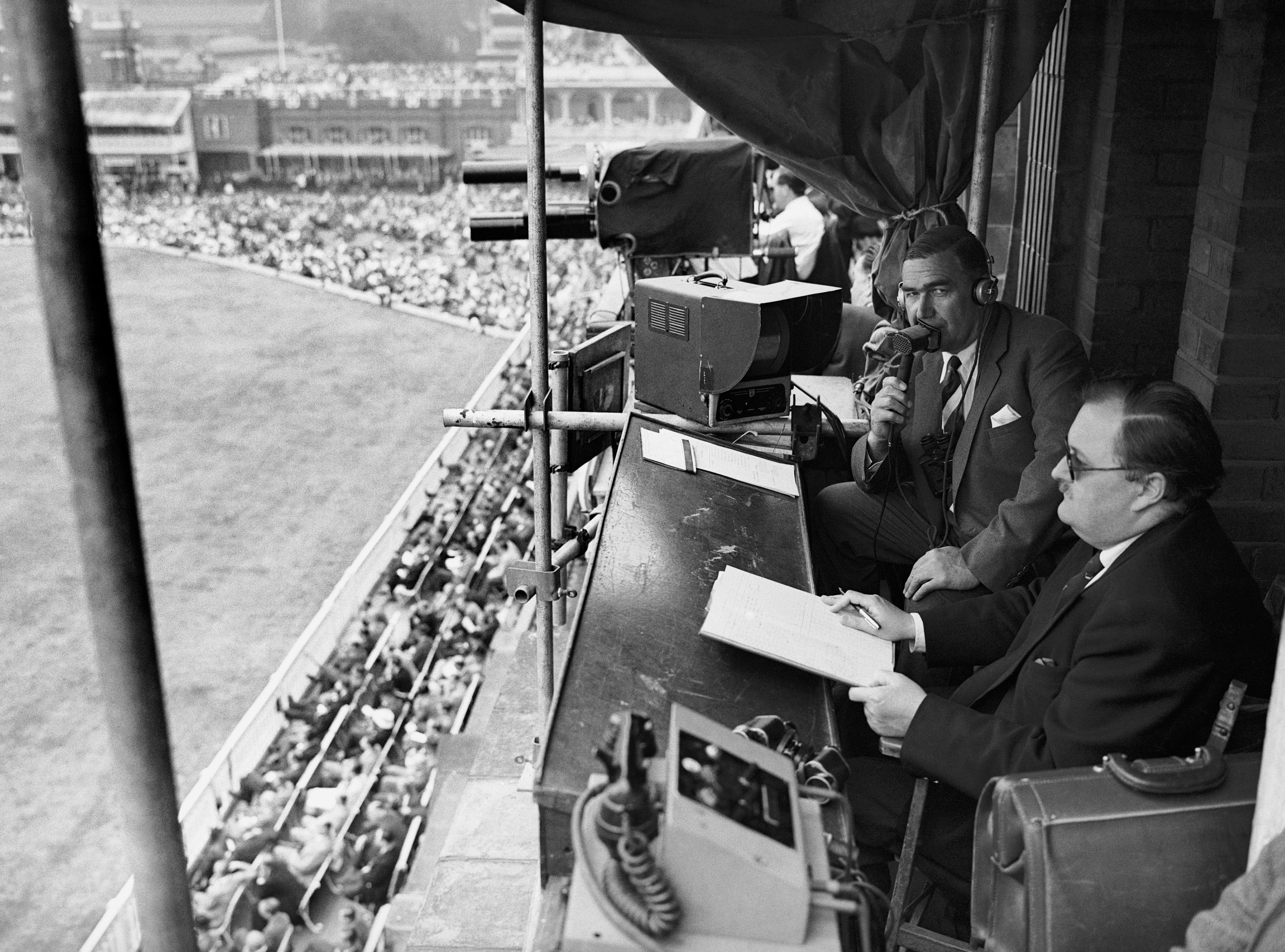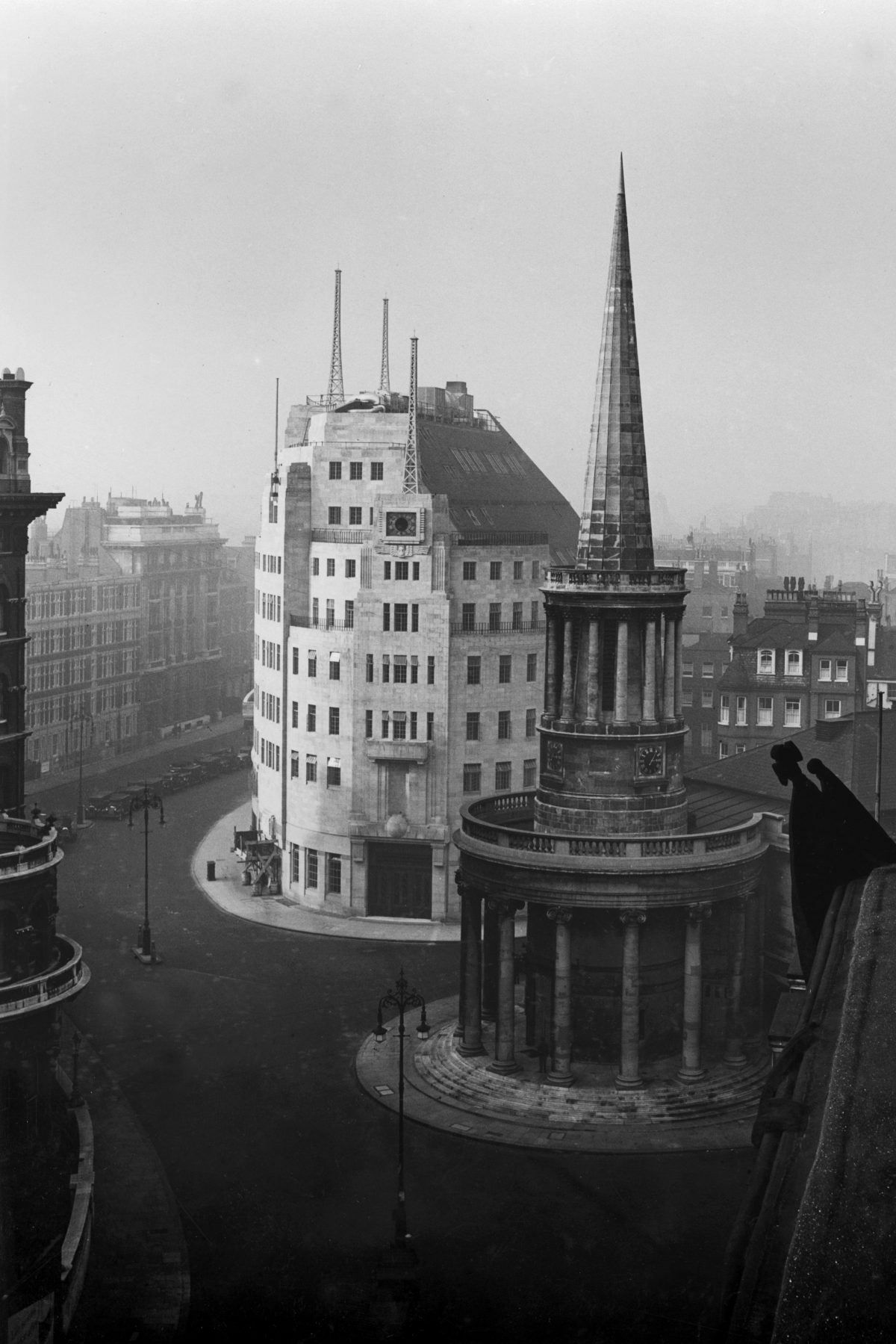
BBC Broadcasting House in 1932
‘This is 2LO, the London station of the British Broadcasting Company calling. 2LO calling.’ That’s how the BBC’s first ever broadcast read by Arthur Burrows went almost one hundred years ago on 14 November 1922. The BBC had been formed by six private ‘wireless’ manufacturers, including Marconi, desperate to give the public a need to buy their radios. Within a year the pioneering staff of just four had grown to nearly 200 and a wide range of programmes was being broadcast. In 1923 the company moved to a new premise at Savoy Hill.
Five years later the BBC became the British Broadcasting corporation when it became owned by the government under the Post Master General, the ministerial position that was responsible for the postal system and telecommunications.
By the time the BBC had built Broadcasting House and started its first experimental television broadcasts in 1932 the BBC had been publicly funded for five years.
No other radio broadcasting organisation was licensed in the UK until 1973
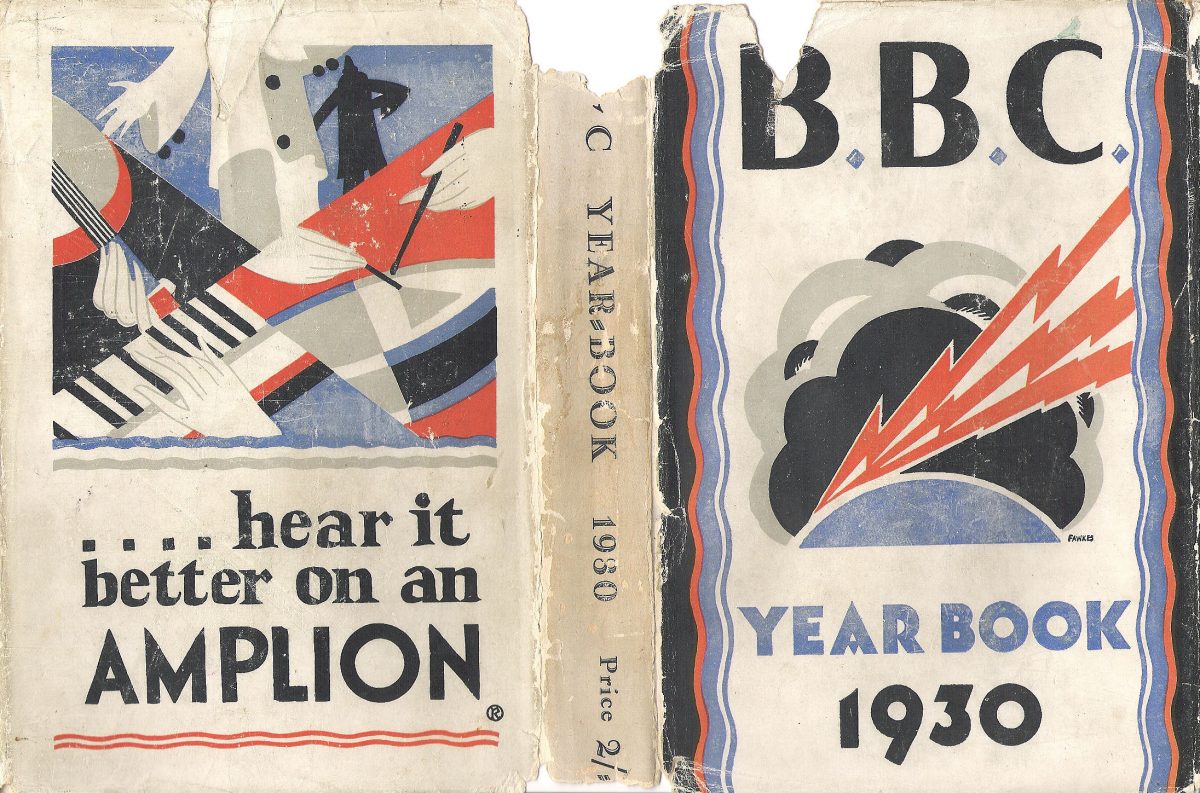
BBC Yearbook 1930
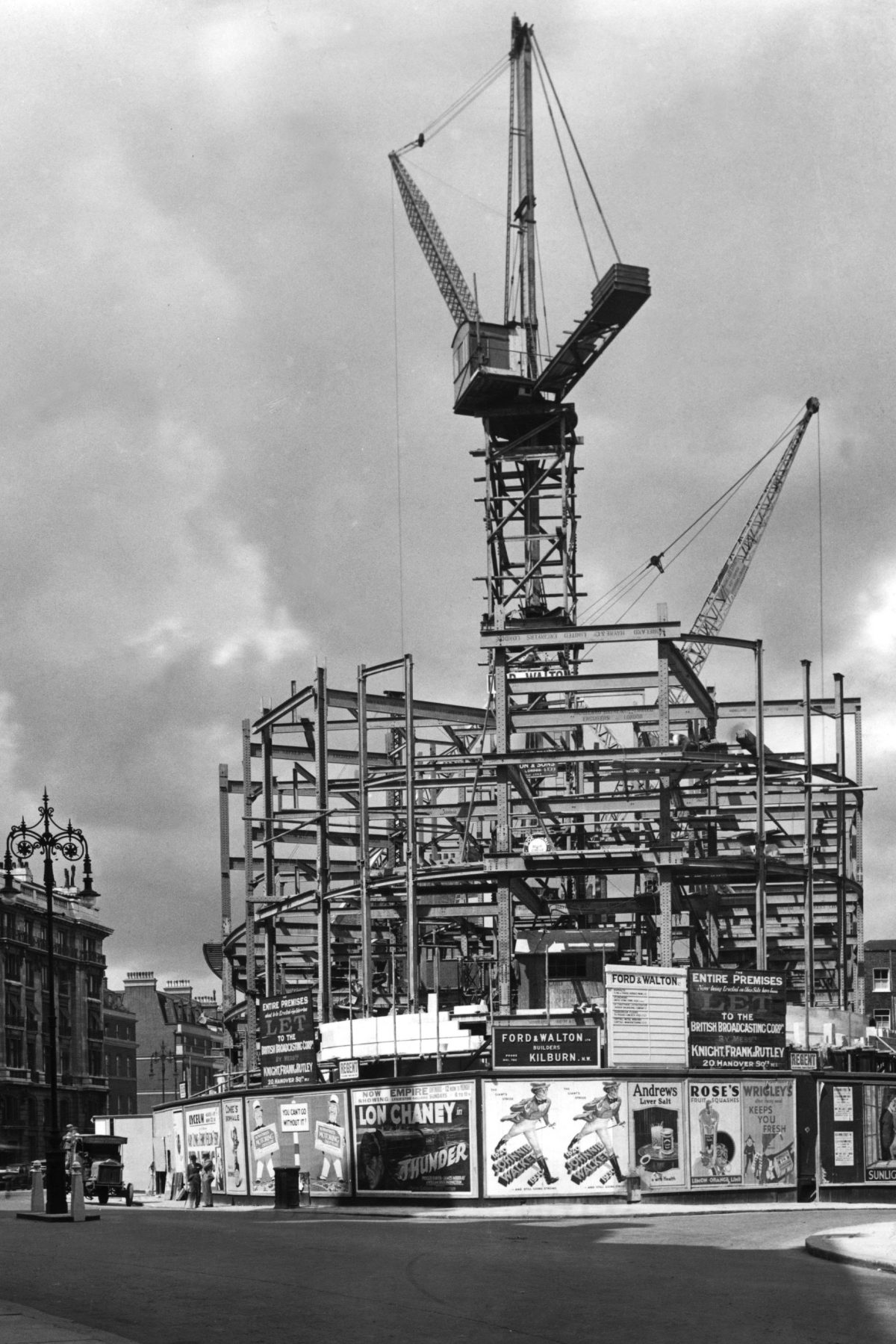
BBC Broadcasting House under construction in 1930 Lon Chaney in Thunder
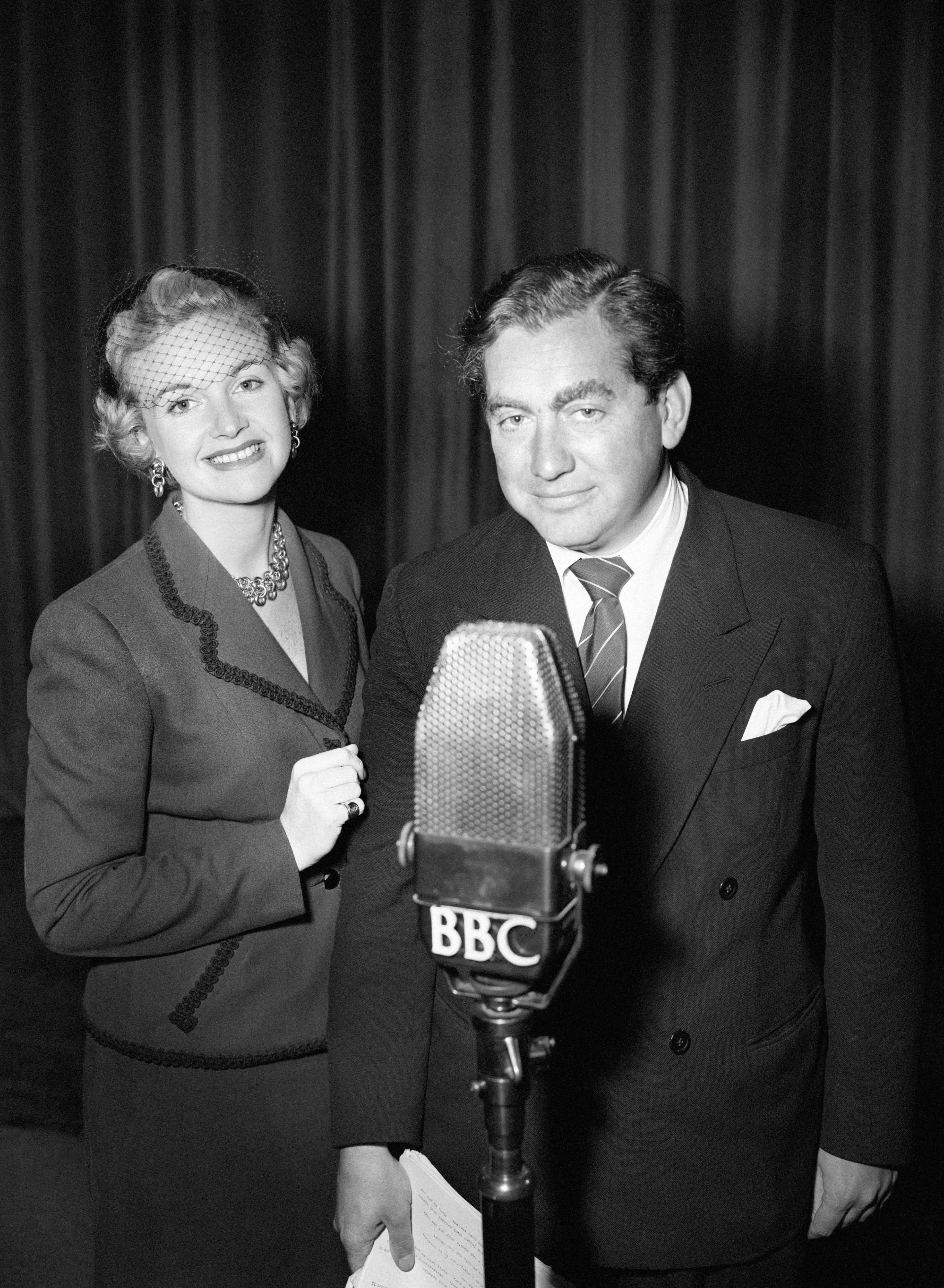
Working with smiles are Moira Lister and Tony Hancock, rehearsing together for the new radio show ‘Hancock’s Half Hour’. 30/10/1954
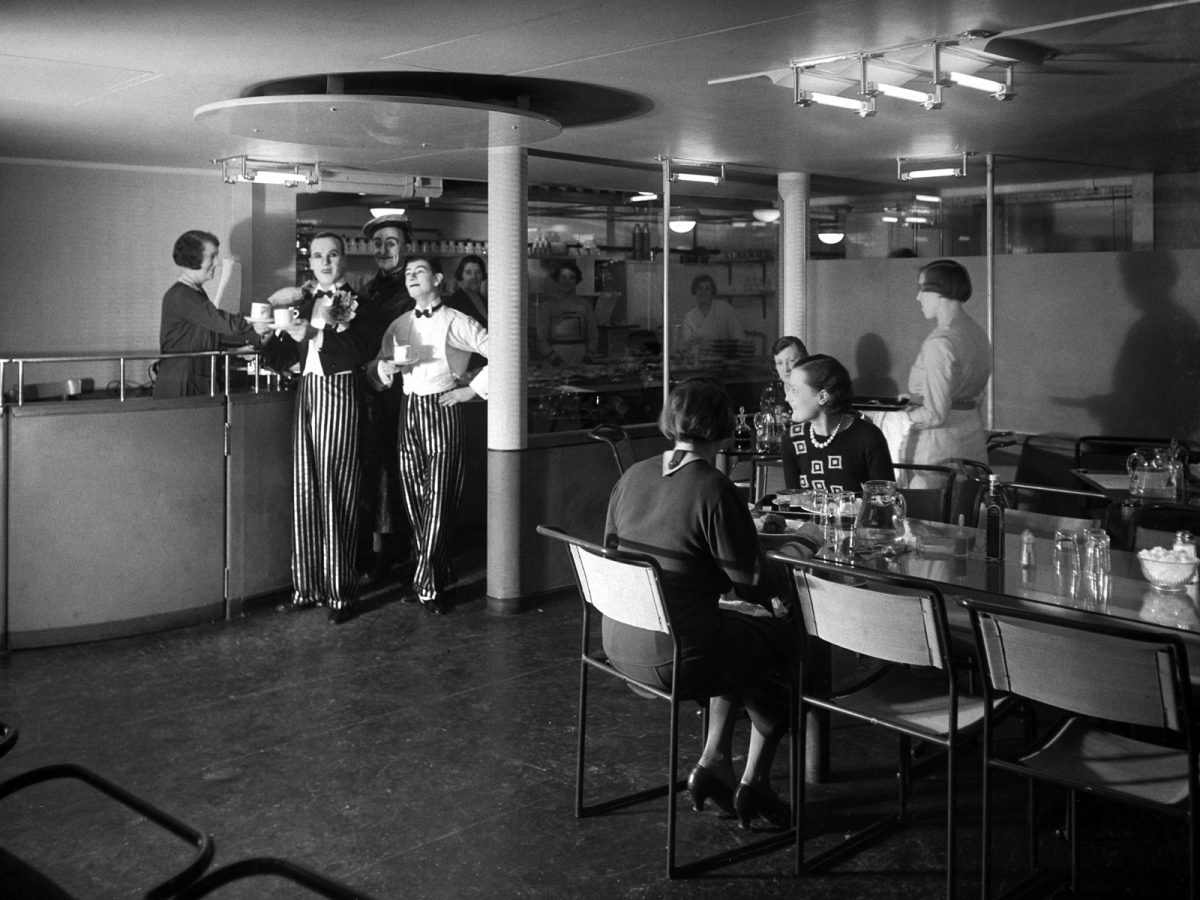
Picture shows unidentified male and females in the restaurant at Broadcasting House. Nov 1932
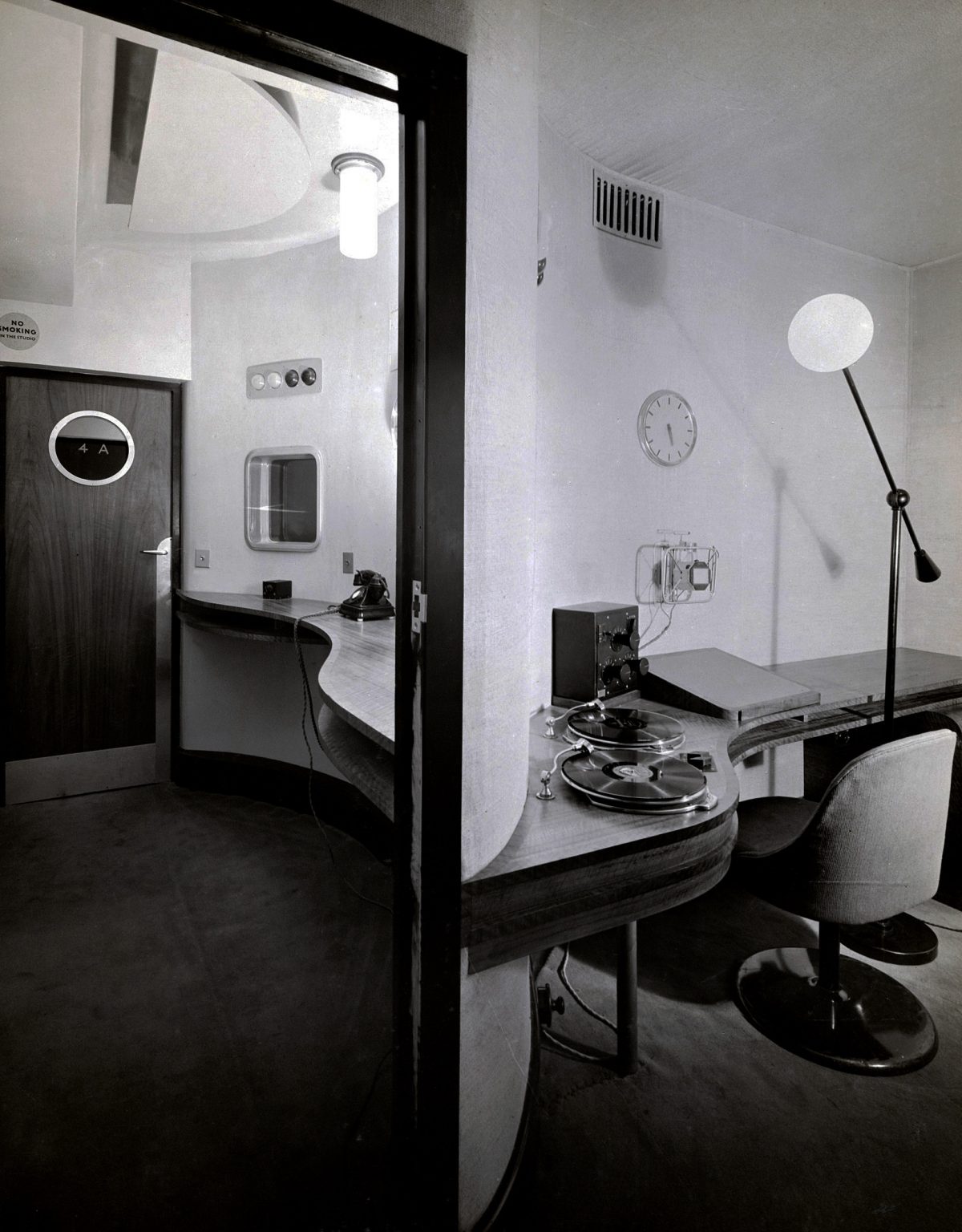
Studio 4B and News Editors Cubilcle, July 1932 Broadcasting House
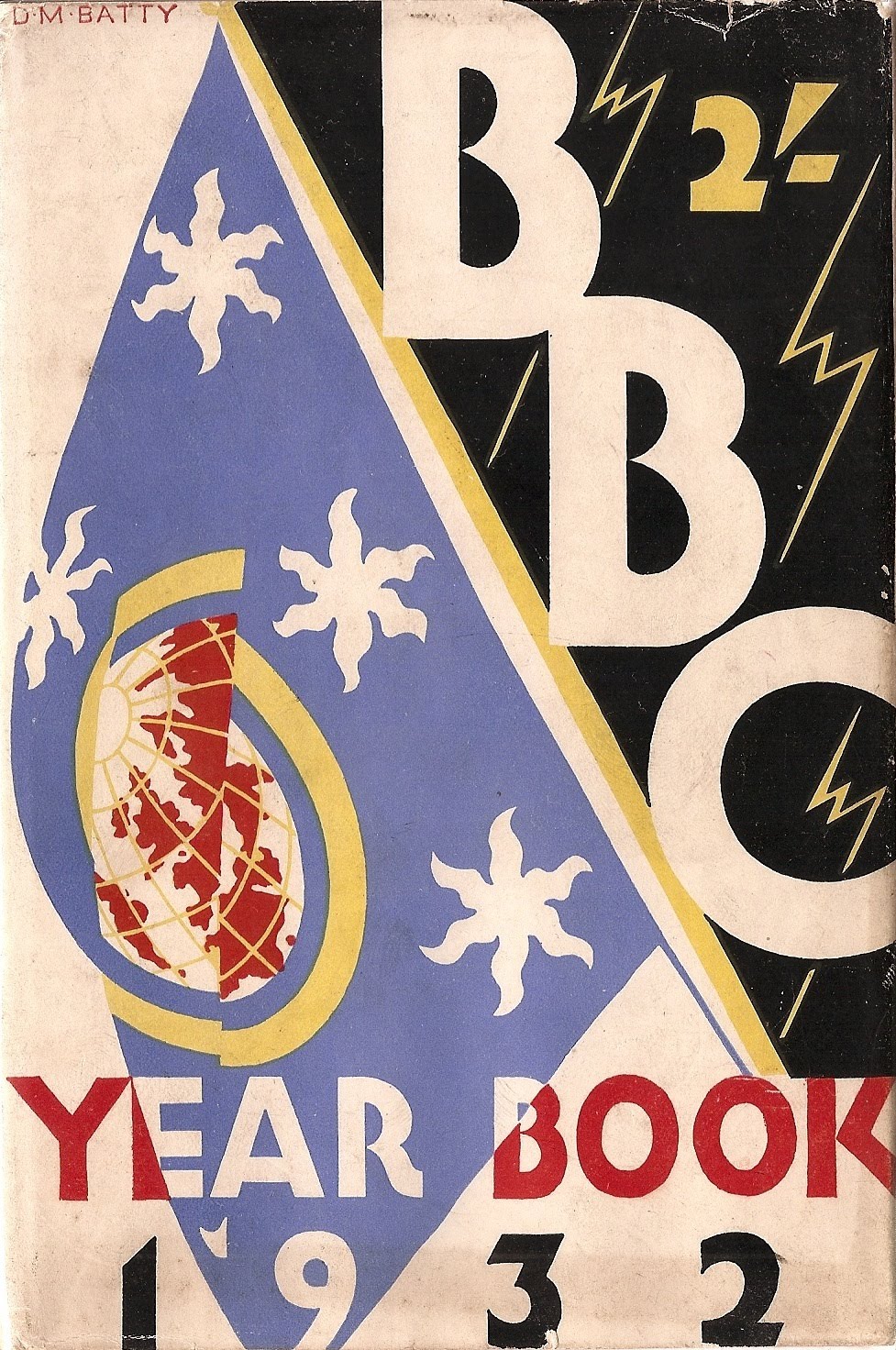
BBC Yearbook 1932
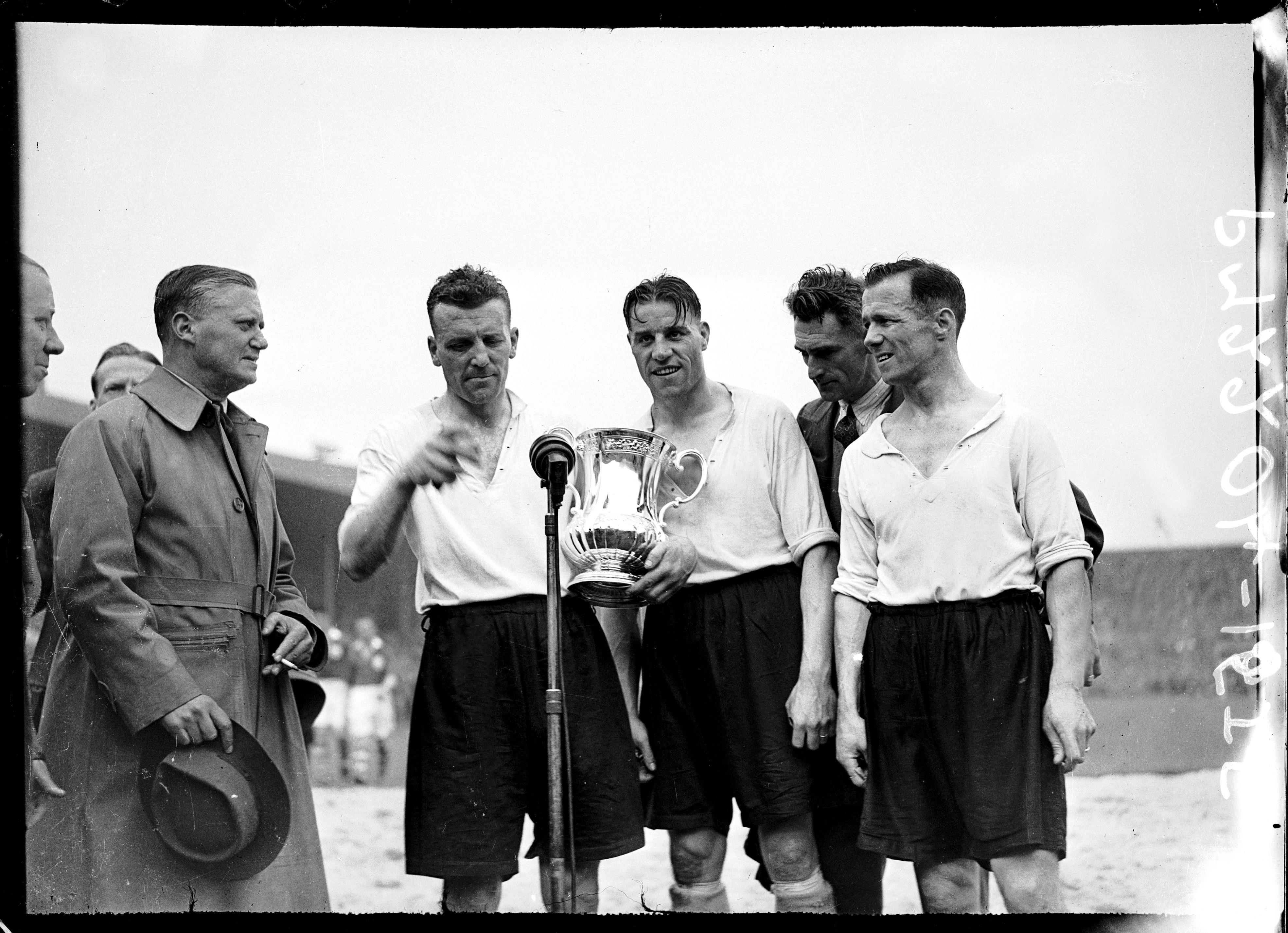
Derby County captain 36 year old Jack Nicholas (second left) steps up to the microphone with the FA Cup to give his opinion on his team’s extra time 4-1 victory 27/04/1946 – The players in the 1946 Cup final were awarded two medals each. Due to a shortage of gold following the Second World War, the two teams were initially presented with bronze medals (winners and runners-up) on the day, and subsequently awarded the gold versions when gold became more readily available later that year.
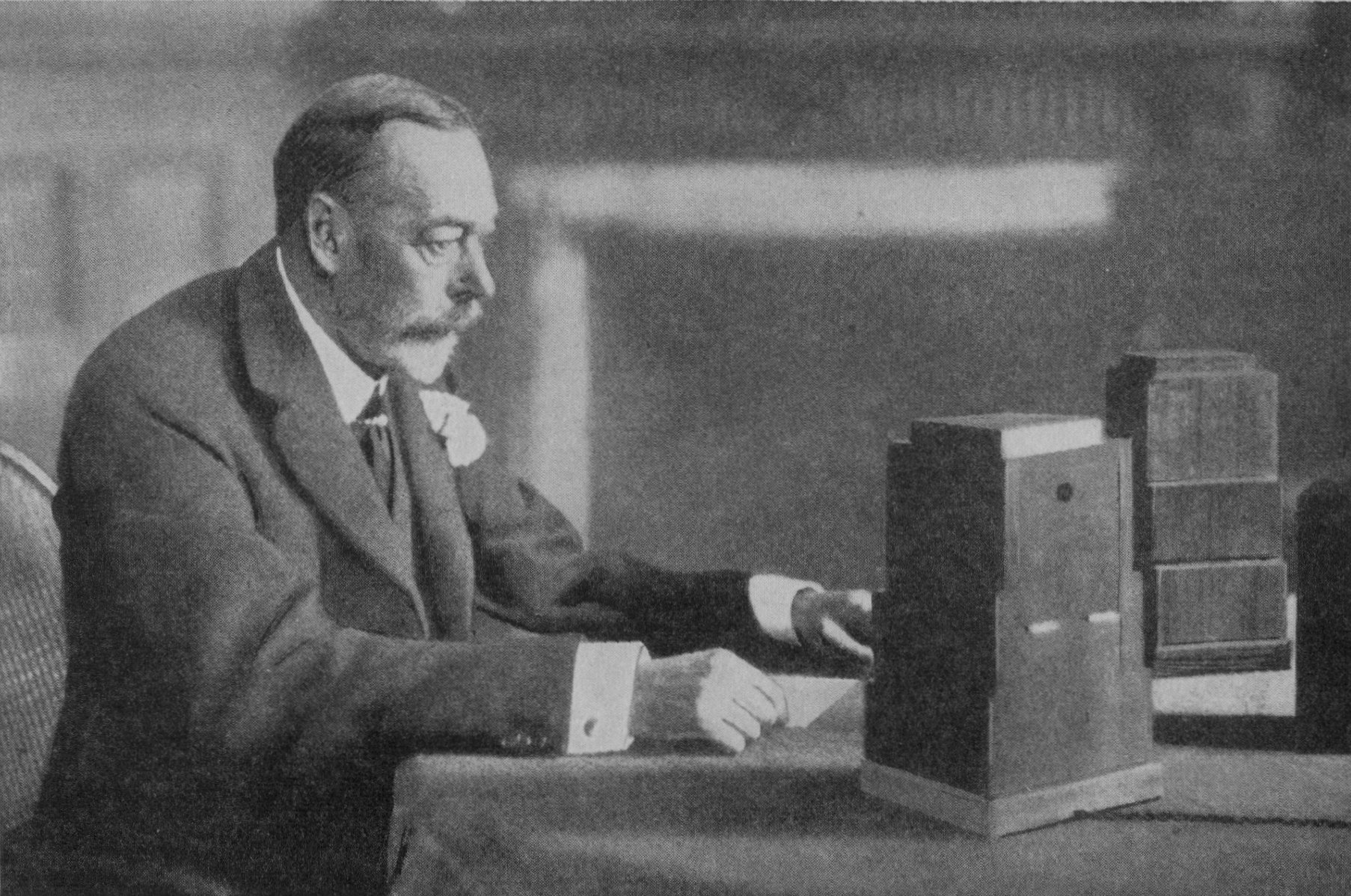
George V giving the 1934 Royal Christmas Message on BBC Radio
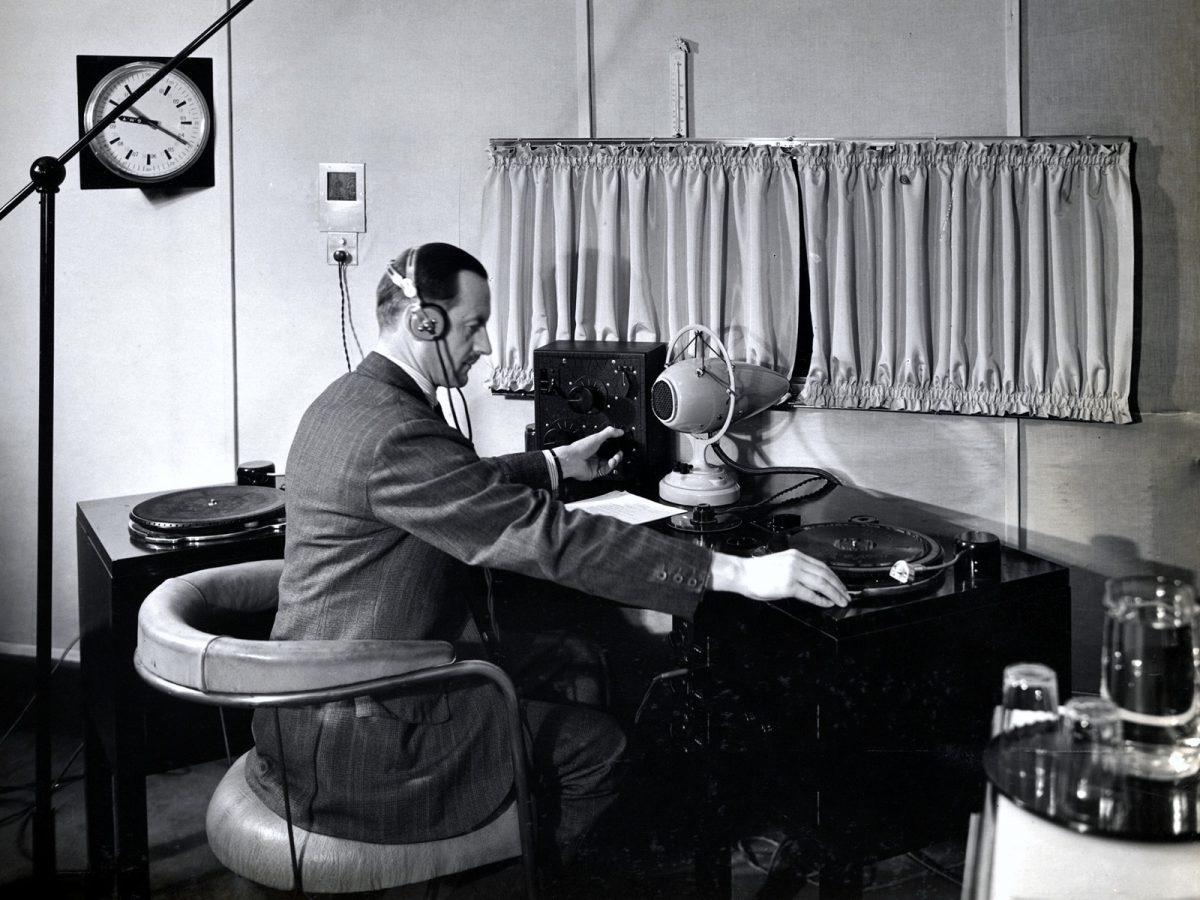
Interior of BBC Broadcasting House in 1932 Studio 7A – ‘Empire Studio’
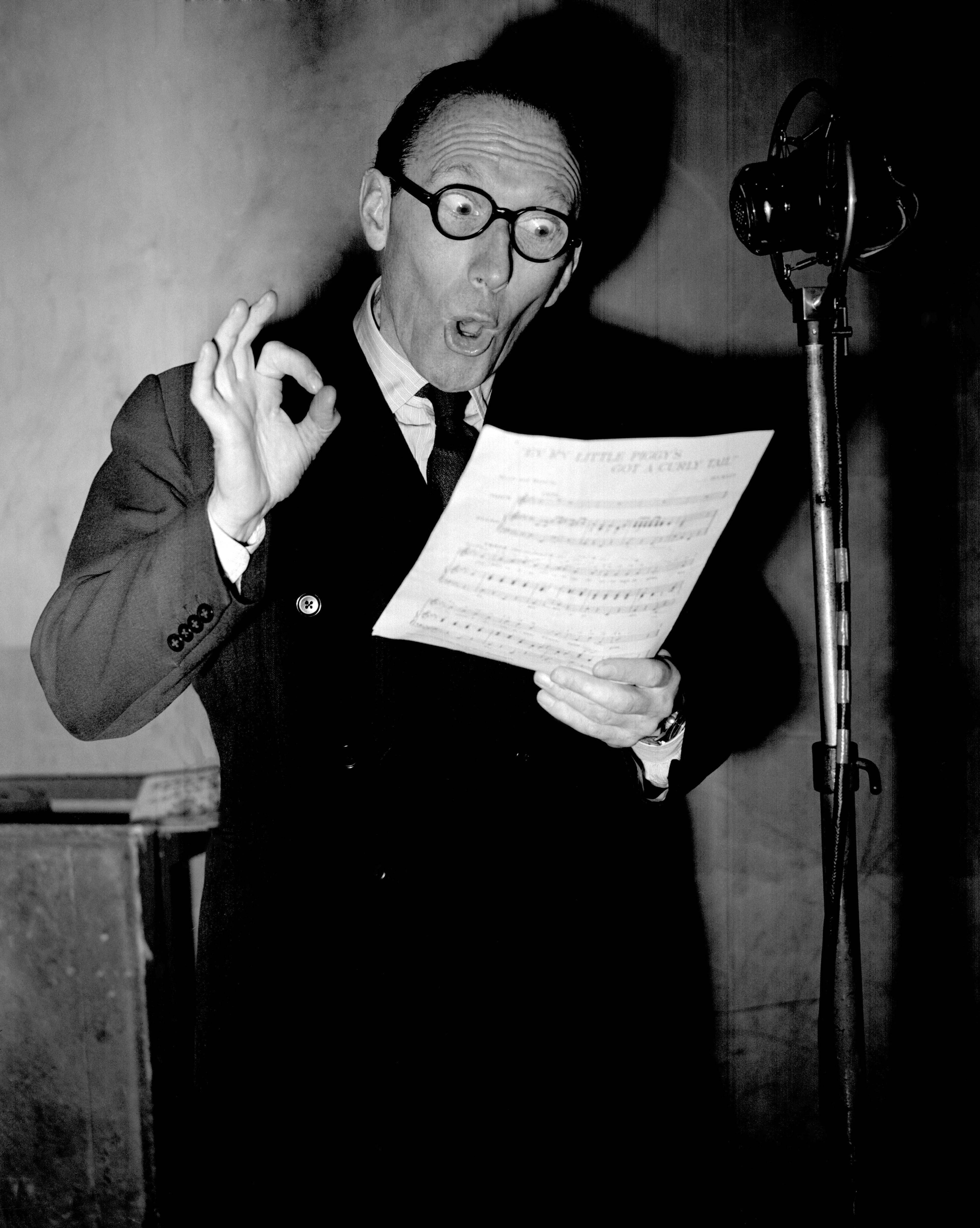
The popular radio and stage comedian Arthur Askey at the microphone to sing ‘Ev’ry Piggy’s Got a Curly Tail’ at the EMI Studios in Abbey Road, north west London.
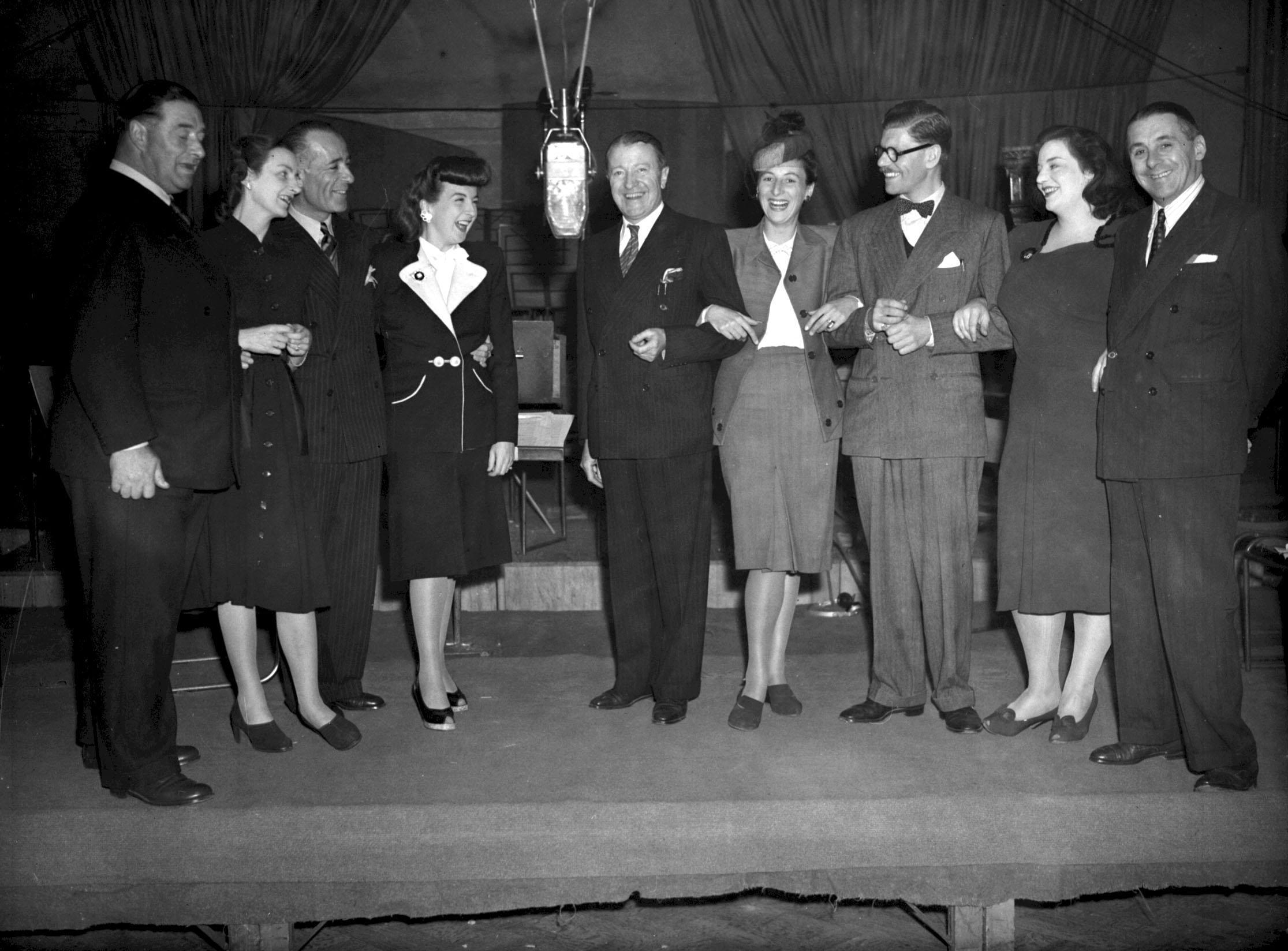
From left to right: Fred Yule, Joan Harben, Hugh Morton, Lind Joyce, Tommy Handley, Diana Morrison, Derek Gyler, Hattie Jackes and Jack Train during rehearsals for the radio show “ITMA” in London. The title ITMA (It’s That Man Again) referred to a contemporary phrase concerning the ever more frequent news-stories about Hitler in the lead up to the Second World War and specifically a headline in the Daily Express written by Bert Gunn.
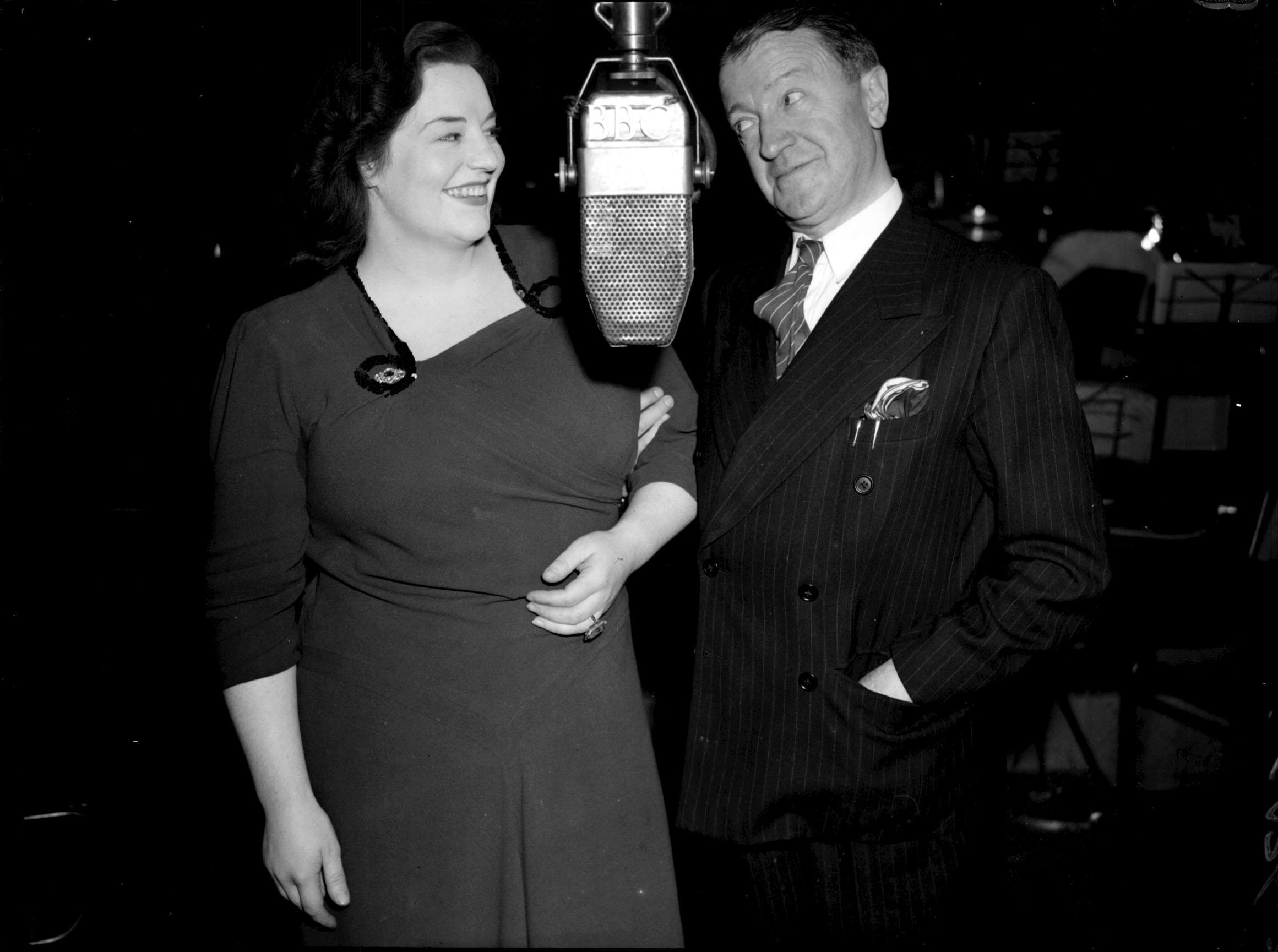
Tommy Handley and Hattie Jacques, during rehearsals for the radio show “ITMA” in London, 25th September 1947. Handley would die of a cerebral haemorrhage two years later.

King Edward VIII at the microphone after telling Prime Minsiter Satnley baldwin that he intends to marry the American divorcee Wallace Simpson in 1936.

Vera Lynn on stage at Grosvenor House, London, for the 1949 National Radio Awards presented to popular broadcasters.
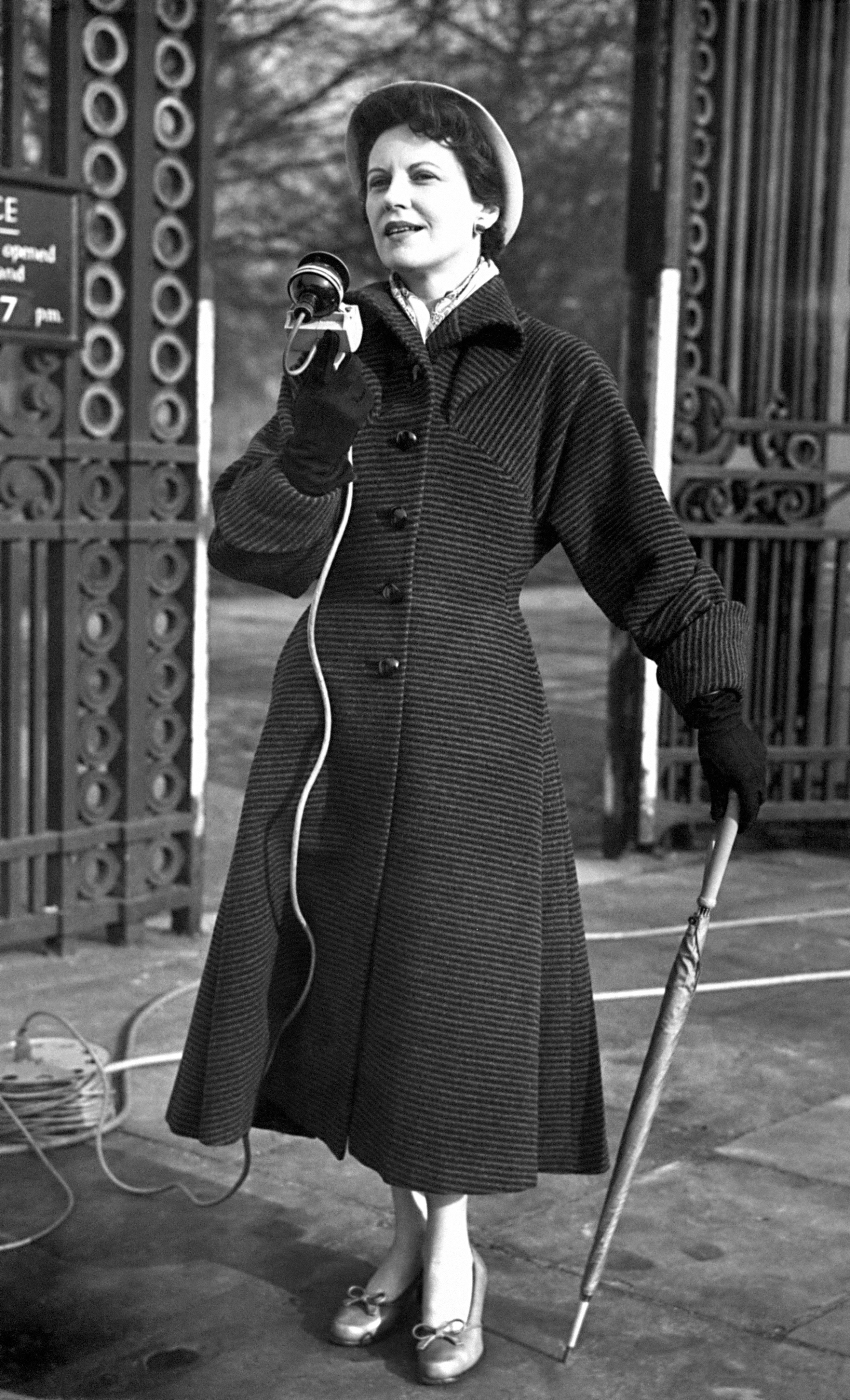
Microphone and umbrella in hand, Manchester born broadcaster Jessica Dunning makes an outside broadcast (from a position near Buckingham Palace) in an audition for commentators for the Coronation. It is thought women may be better able to handle some aspects of the day’s ceremonies.
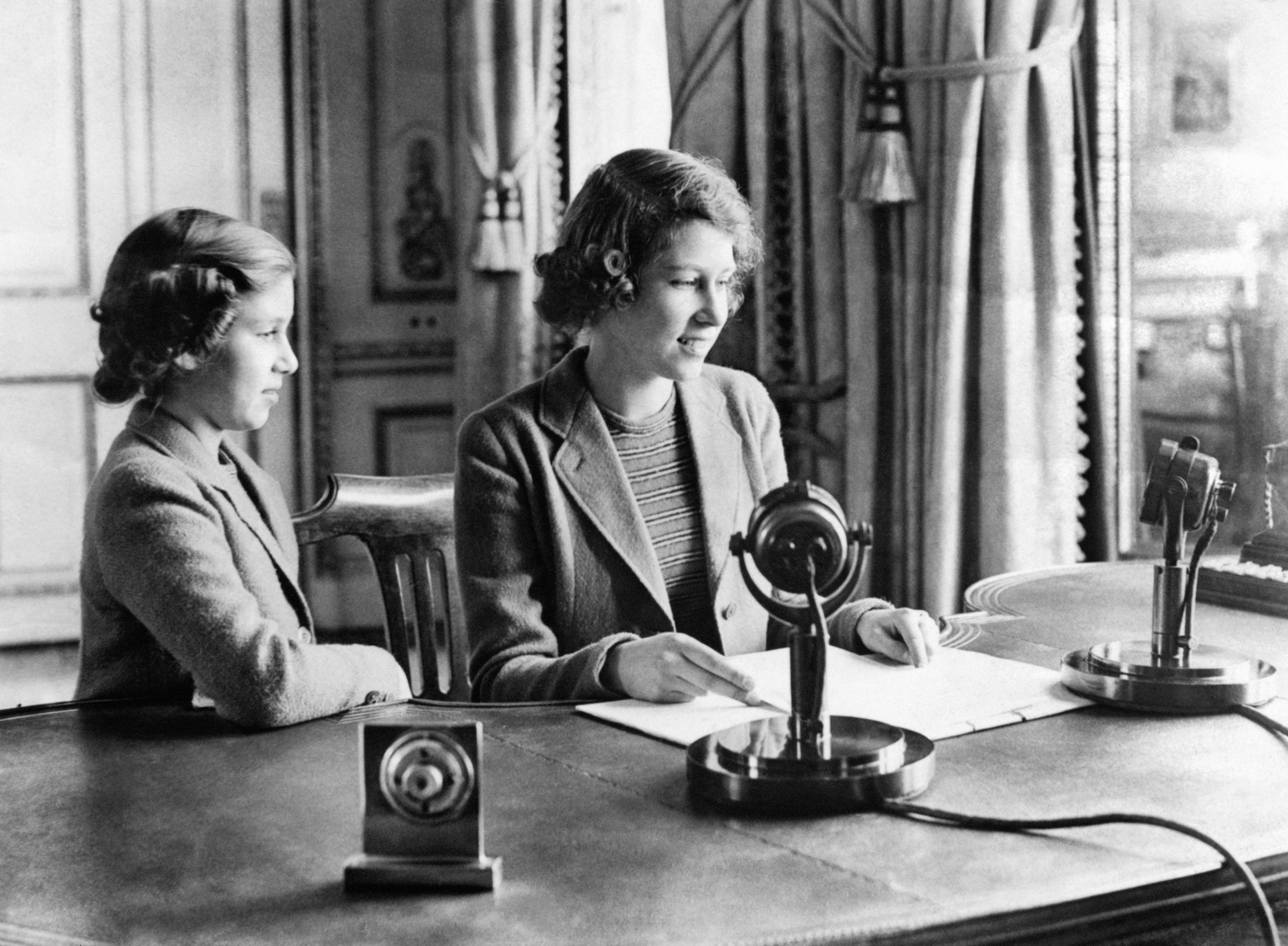
A wartime picture of Princess Elizabeth (right) and Princess Margaret after they broadcast on “Children’s Hour” from Buckingham Palace.
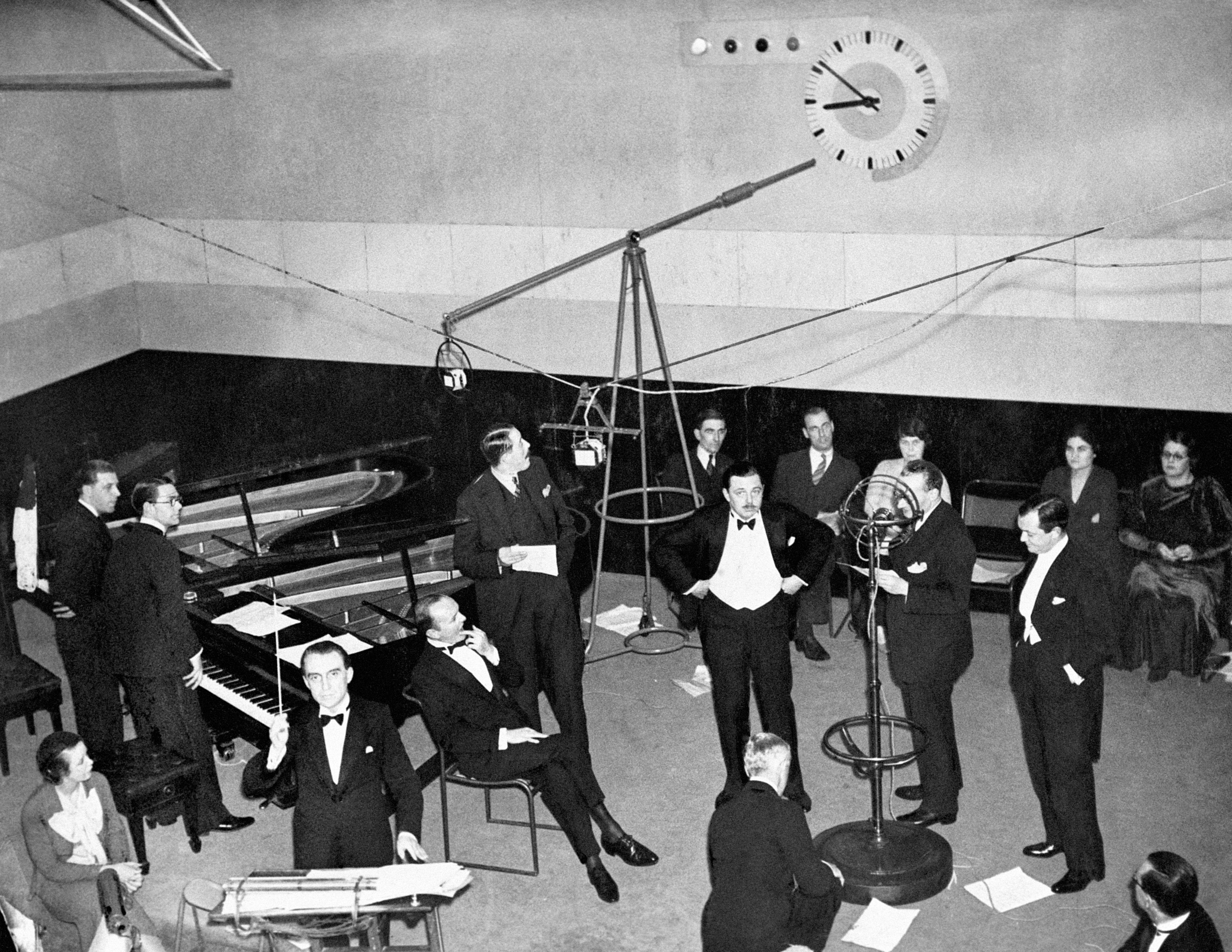
1933: A scene in a 1930s BBC recording studio showing Christopher Stone, wearing a dinner jacket, bidding listeners ‘Good Evening’.
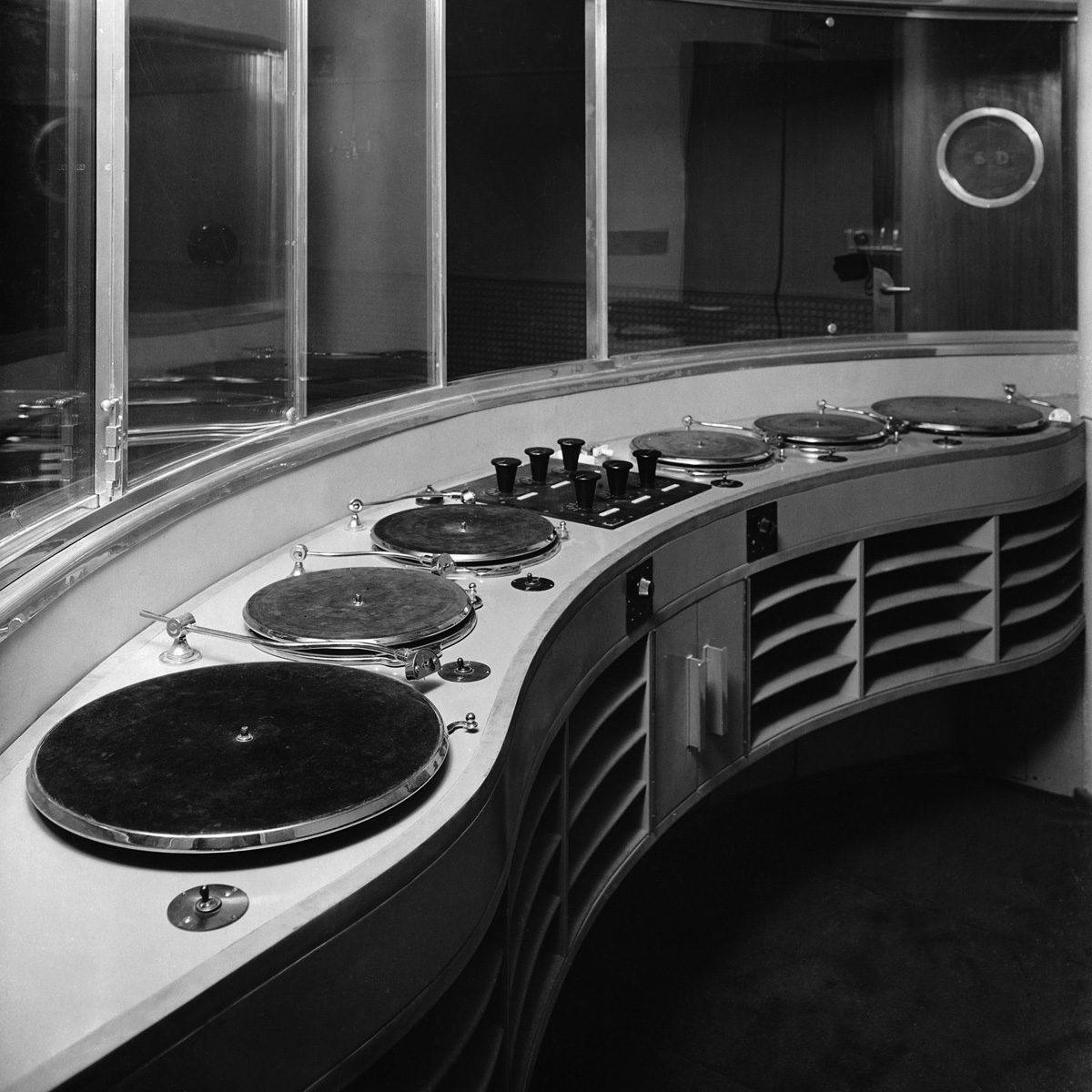
Studio 6E Broadcasting House 1932
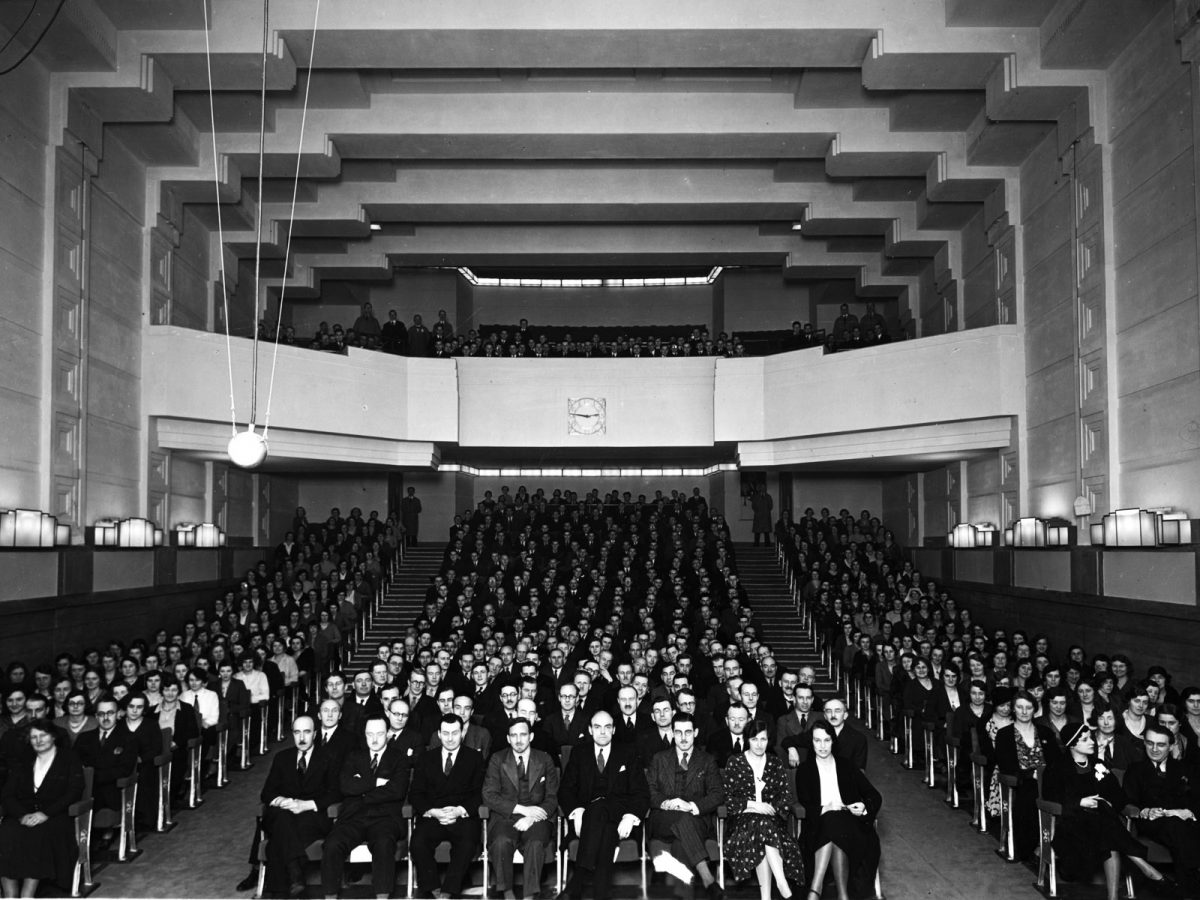
Broadcasting House, in the Concert Hall, 1932. Director General, Lord John Reith can be seen sitting centre front row
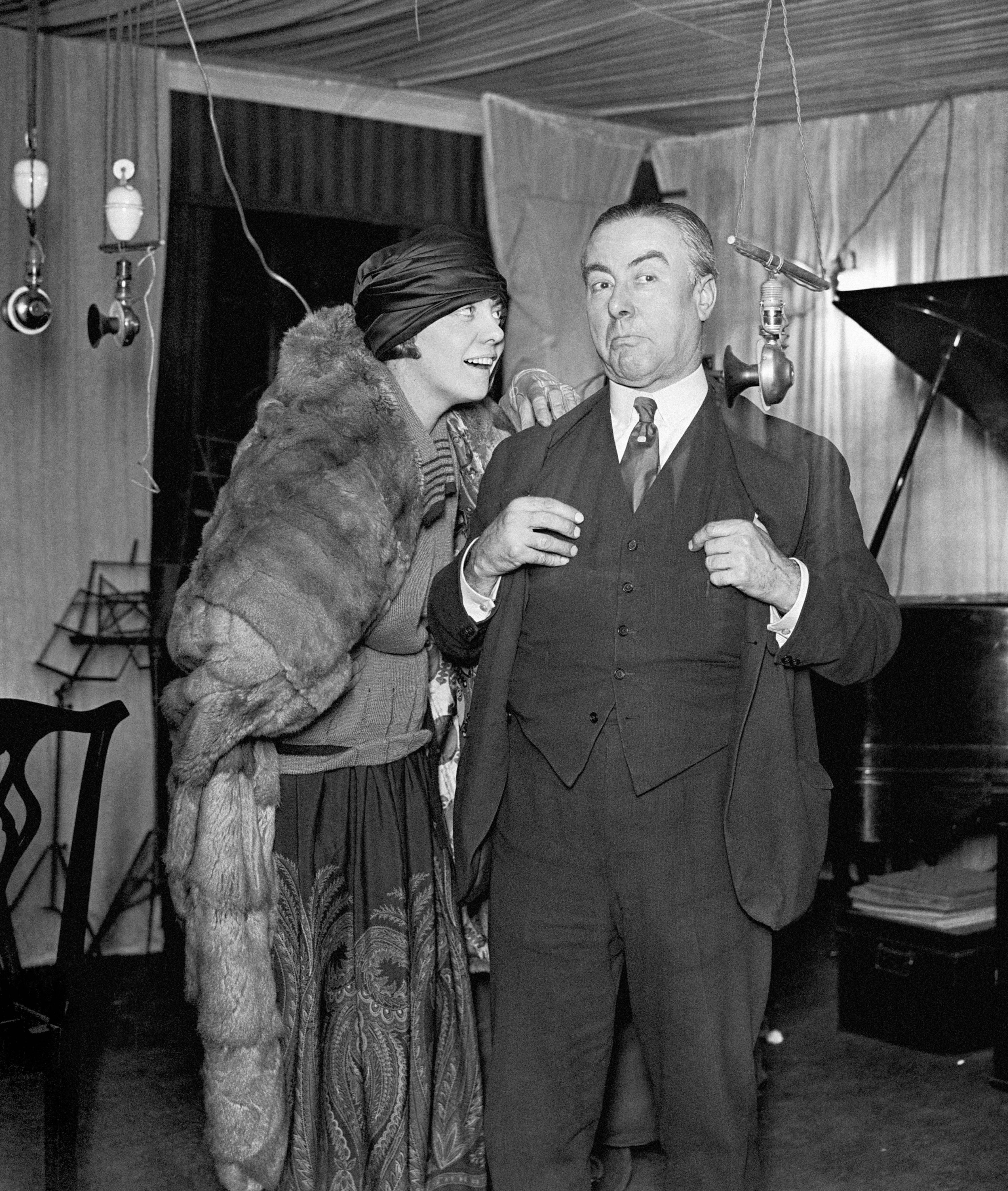
British music hall stars George Robey and Alma Adair giving a wireless rehearsal from the Covent Garden Review “You’d be surprised”. 18/10/1922
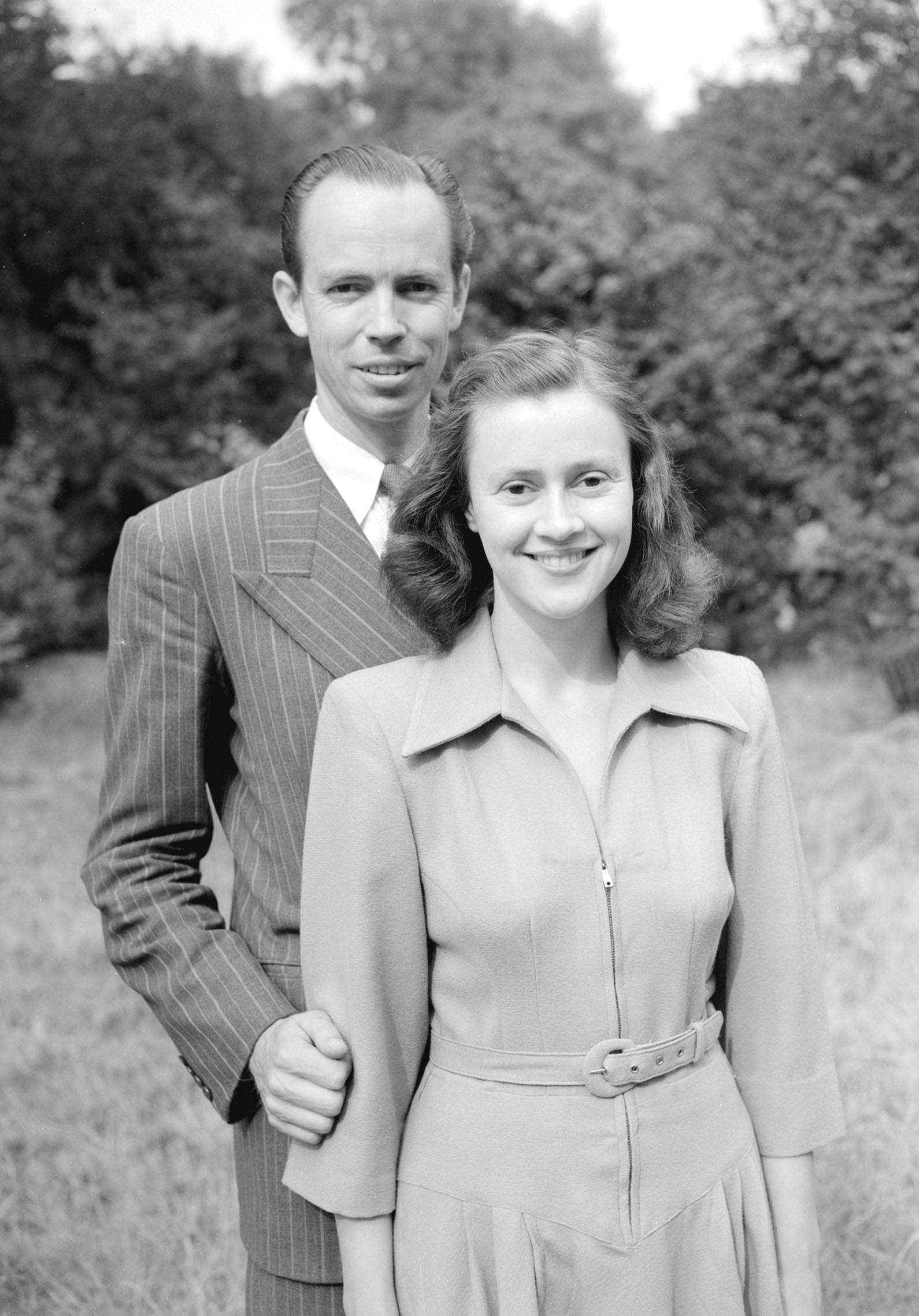
Sydney and Lesley Piddington, at their London home, who now have 20 million British radio listeners tuned in to their thought transference act. 25/08/1949
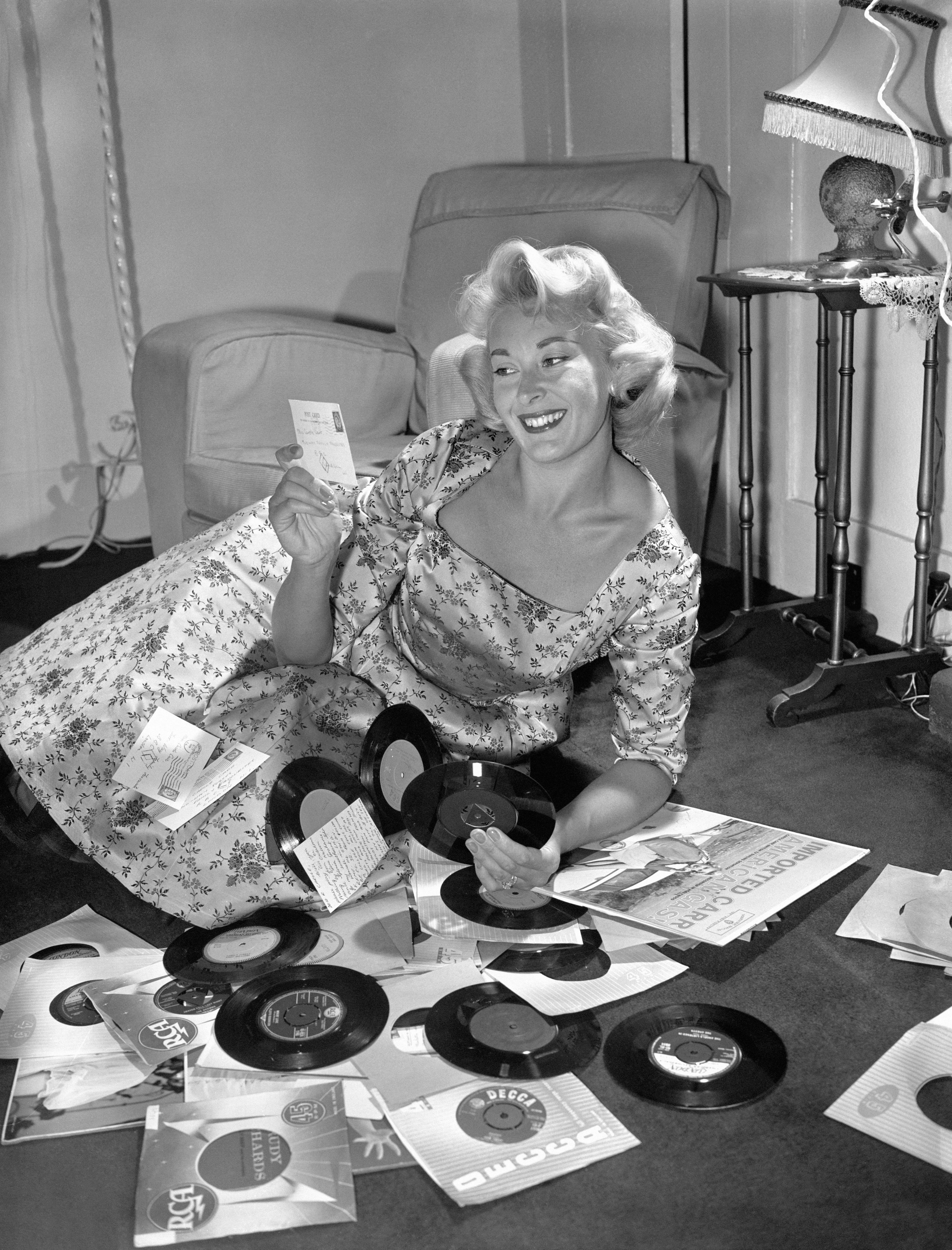
Singer Carole Carr takes over as disc jockey on the radio programme linking Britons with their relatives and friends in the forces overseas. Carole is pictured making a selection of records at her London flat. 16/10/1959

Miss Margaret Bondfield at Broadcasting House with actress Deborah Kerr and Mrs Elsie May Crump , a housewife from Chorlton-Cum-Hardy to take part in the first broadcast of the new radio series ” Woman’s Hour “. 07/10/1946
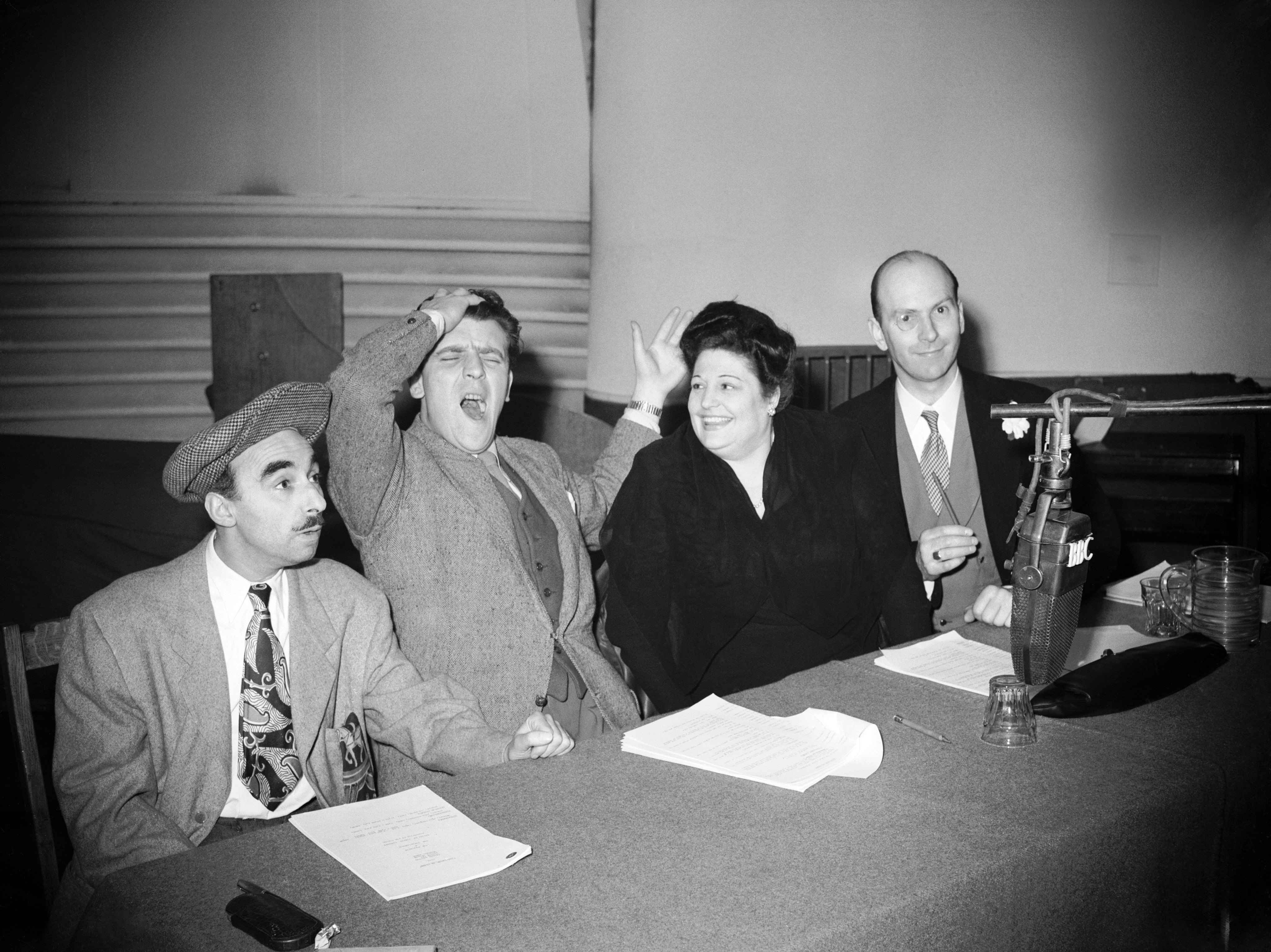
Eamonn Andrews at the Paris Cinema, London, the new quiz-master of ‘Ignorance is Bliss’. With him are Harold Behrens, left and right is Gladys Hay and Michael Moore. 27/02/1950
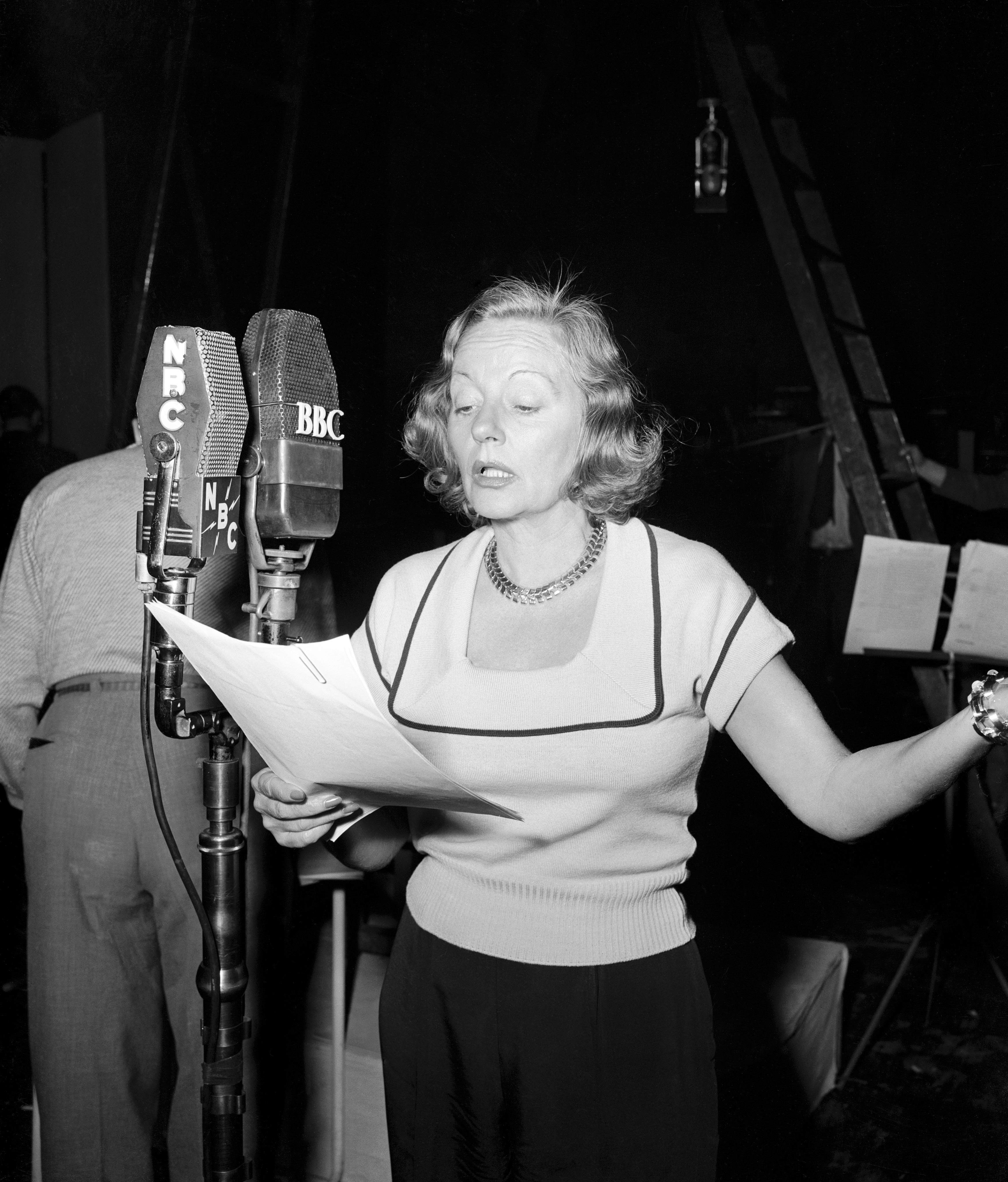
American actress Tallulah Bankhead recording a show at the London Palladium for BBC Radio and the American Radio Station NBC 16/09/1951
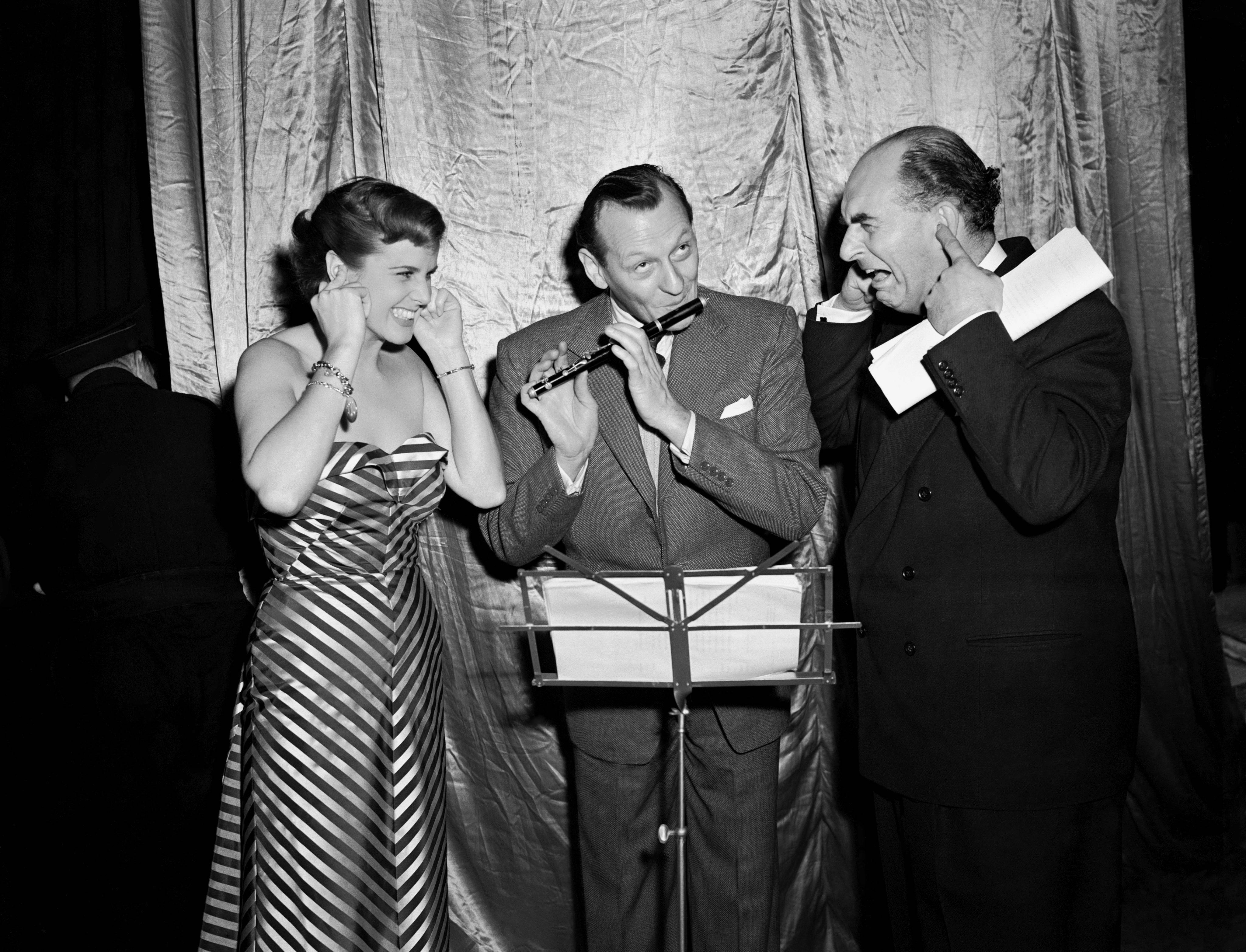
The ‘Much Binding in the Marsh’ radio comic team, left to right; Patricia Hughes, Richard Murdoch, and Kenneth Horne, at the Winter Garden Theatre, London. 02/10/1950
Would you like to support Flashbak?
Please consider making a donation to our site. We don't want to rely on ads to bring you the best of visual culture. You can also support us by signing up to our Mailing List. And you can also follow us on Facebook, Instagram and Twitter. For great art and culture delivered to your door, visit our shop.

